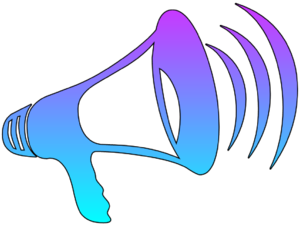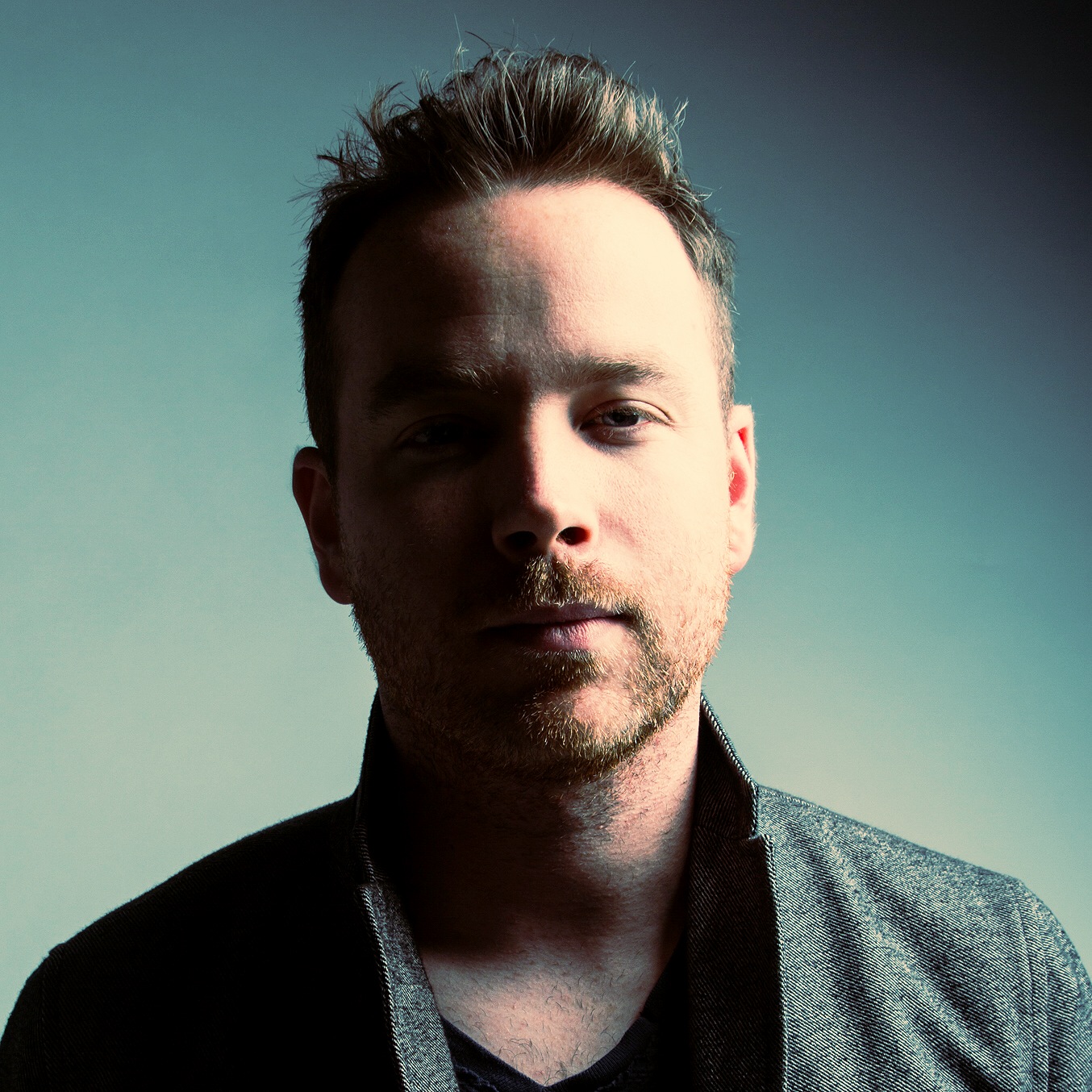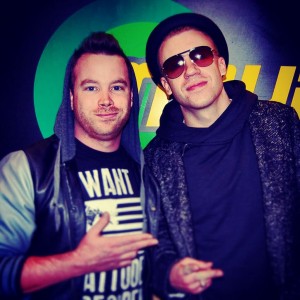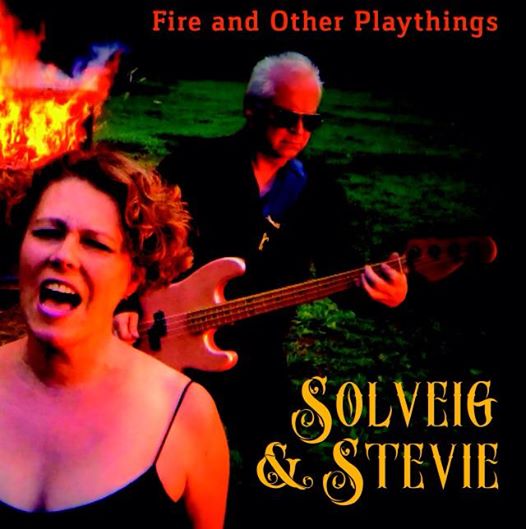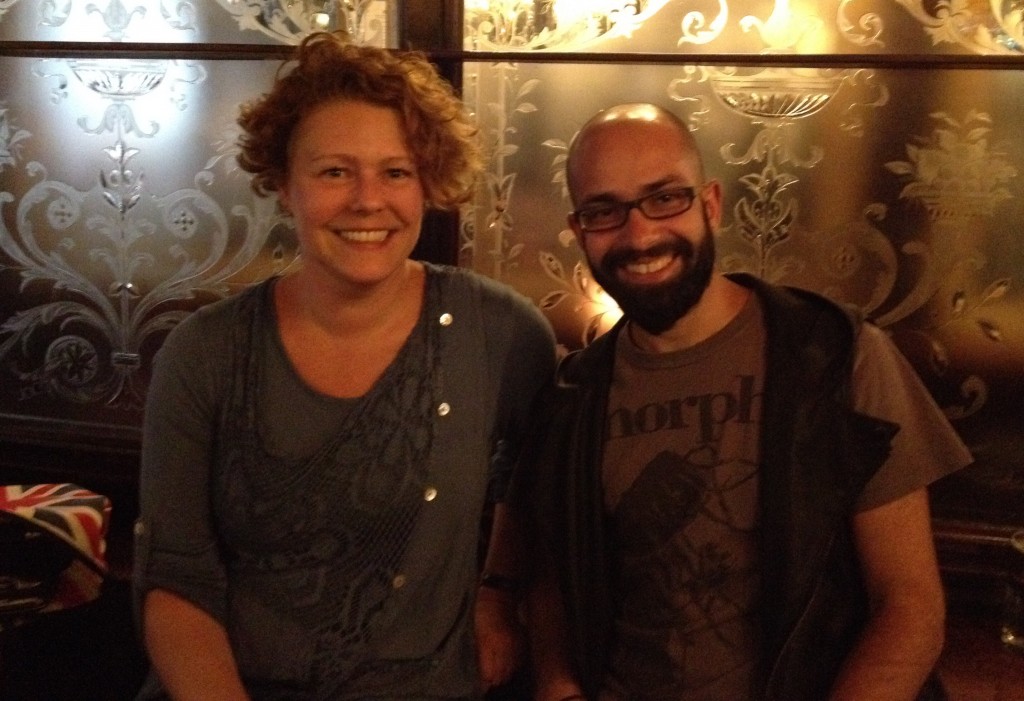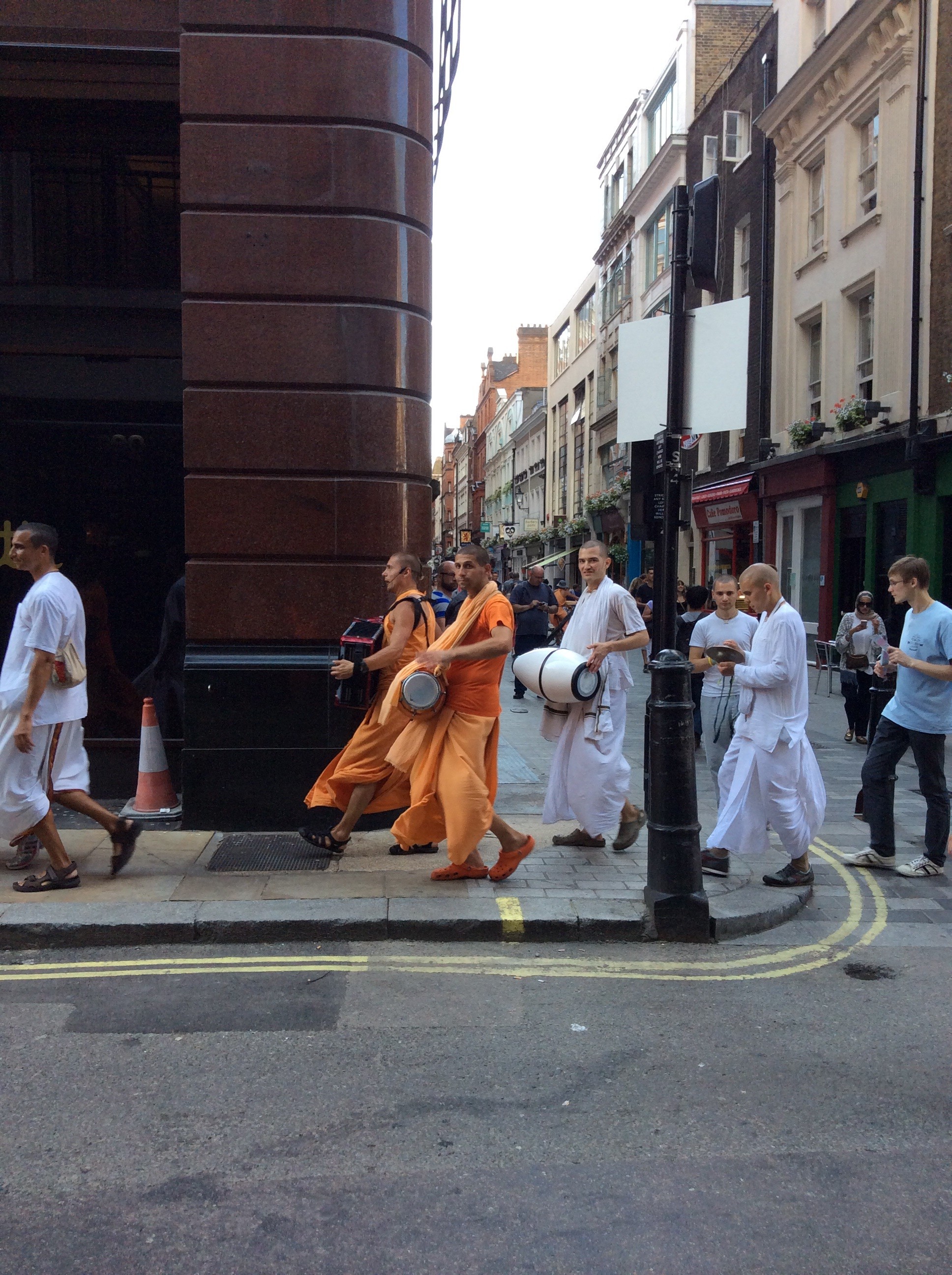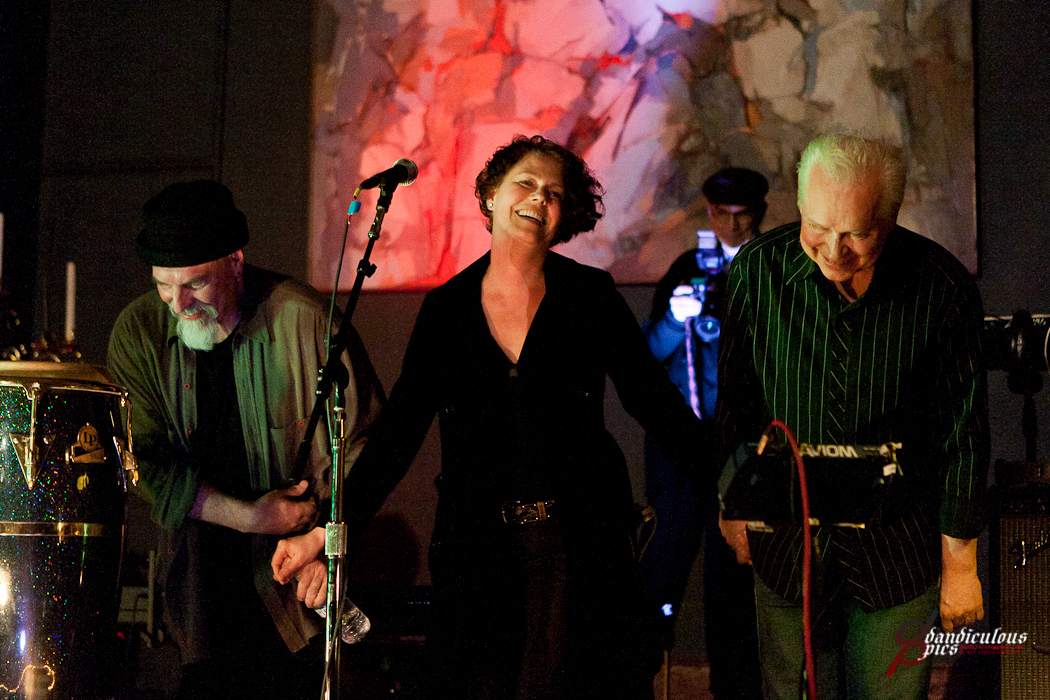I’m in the process of updating the Solveig & Stevie EPK (electronic press kit) for our new album release. I also have several friends and clients who have just released albums or EPs, and are sending them out for review or airplay consideration. As usual, I thought perhaps you, my dear readers and fellow musicians, might benefit from my learning process. I’ve also included links to more resources at the bottom of this post.
What’s An EPK ?
An EPK is an online, electronic version of the physical, paper information folder that was sent out in the old days by managers (now often by artists and bands themselves) to
- Venues and festival bookers
- Reviewers and reporters
- Radio stations or podcasters
Business Purpose of An EPK
The business purpose of a press kit, whether paper or electronic, is to get a person to book your band, review your new album, interview or write an article about your band, or play your music on their terrestrial or internet radio station.
[Tweet “Don’t forget the business purpose of your artist EPK”]
The reason I mention business purpose up front is because I think that too often, bands forget that the press kit has a business purpose. If your band doesn’t need any of those things listed in the paragraph above, don’t bother creating press kit. That said, most solo artists and bands should have one. And, chances are, you are the one pulling it together (not a manager or PR agent).
If you are ever unsure about what items to create for or include in your press kit, or how to position or choose or write something – just put yourself in the shoes of the person who will be reading it. If they wouldn’t find it interesting and newsworthy, or useful for writing their article or playing your music, don’t include it or rewrite it.

